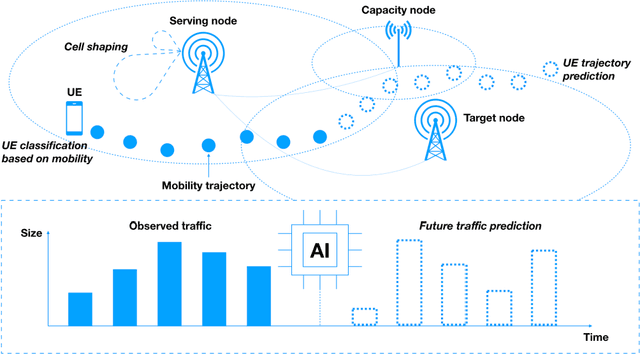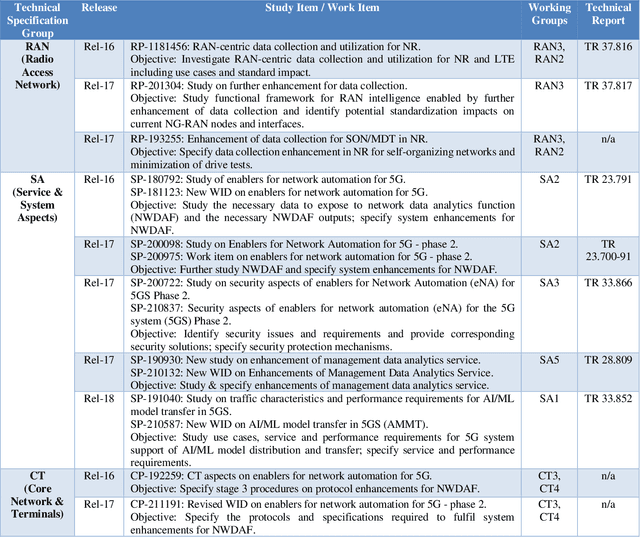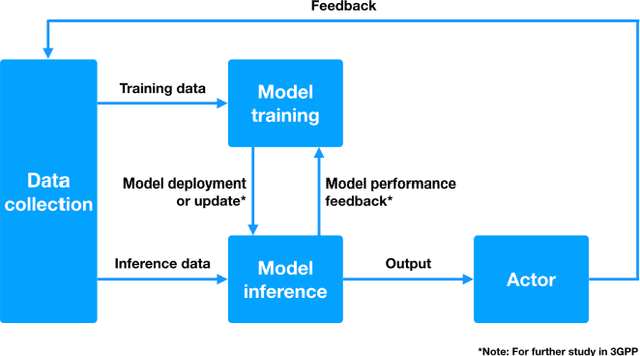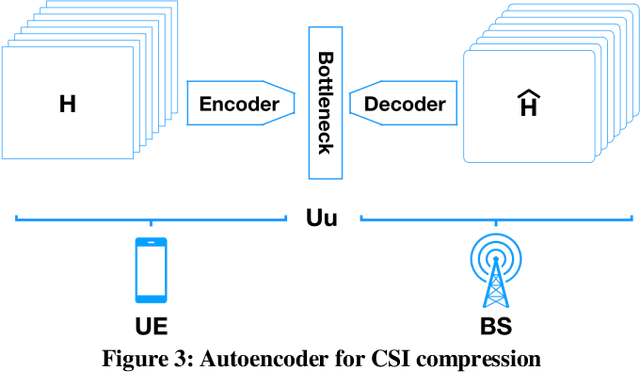Henrik Rydén
Federated Learning with Multi-resolution Model Broadcast
May 30, 2024Abstract:In federated learning, a server must periodically broadcast a model to the agents. We propose to use multi-resolution coding and modulation (also known as non-uniform modulation) for this purpose. In the simplest instance, broadcast transmission is used, whereby all agents are targeted with one and the same transmission (typically without any particular favored beam direction), which is coded using multi-resolution coding/modulation. This enables high-SNR agents, with high path gains to the server, to receive a more accurate model than the low-SNR agents do, without consuming more downlink resources. As one implementation, we use transmission with a non-uniform 8-PSK constellation, where a high-SNR receiver (agent) can separate all 8 constellation points (hence receive 3 bits) whereas a low-SNR receiver can only separate 4 points (hence receive 2 bits). By encoding the least significant information in the third bit, the high-SNR receivers can obtain the model with higher accuracy, while the low-SNR receiver can still obtain the model although with reduced accuracy, thereby facilitating at least some basic participation of the low-SNR receiver. We show the effectiveness of our proposed scheme via experimentation using federated learning with the MNIST data-set.
Fueling the Next Quantum Leap in Cellular Networks: Embracing AI in 5G Evolution towards 6G
Nov 20, 2021



Abstract:Cellular networks, such as 5G systems, are becoming increasingly complex for supporting various deployment scenarios and applications. Embracing artificial intelligence (AI) in 5G evolution is critical to managing the complexity and fueling the next quantum leap in 6G cellular networks. In this article, we share our experience and best practices in applying AI in cellular networks. We first present a primer on the state of the art of AI in cellular networks, including basic concepts and recent key advances. Then we discuss 3GPP standardization aspects and share various design rationales influencing standardization. We also present case studies with real network data to showcase how AI can improve network performance and enable network automation.
 Add to Chrome
Add to Chrome Add to Firefox
Add to Firefox Add to Edge
Add to Edge